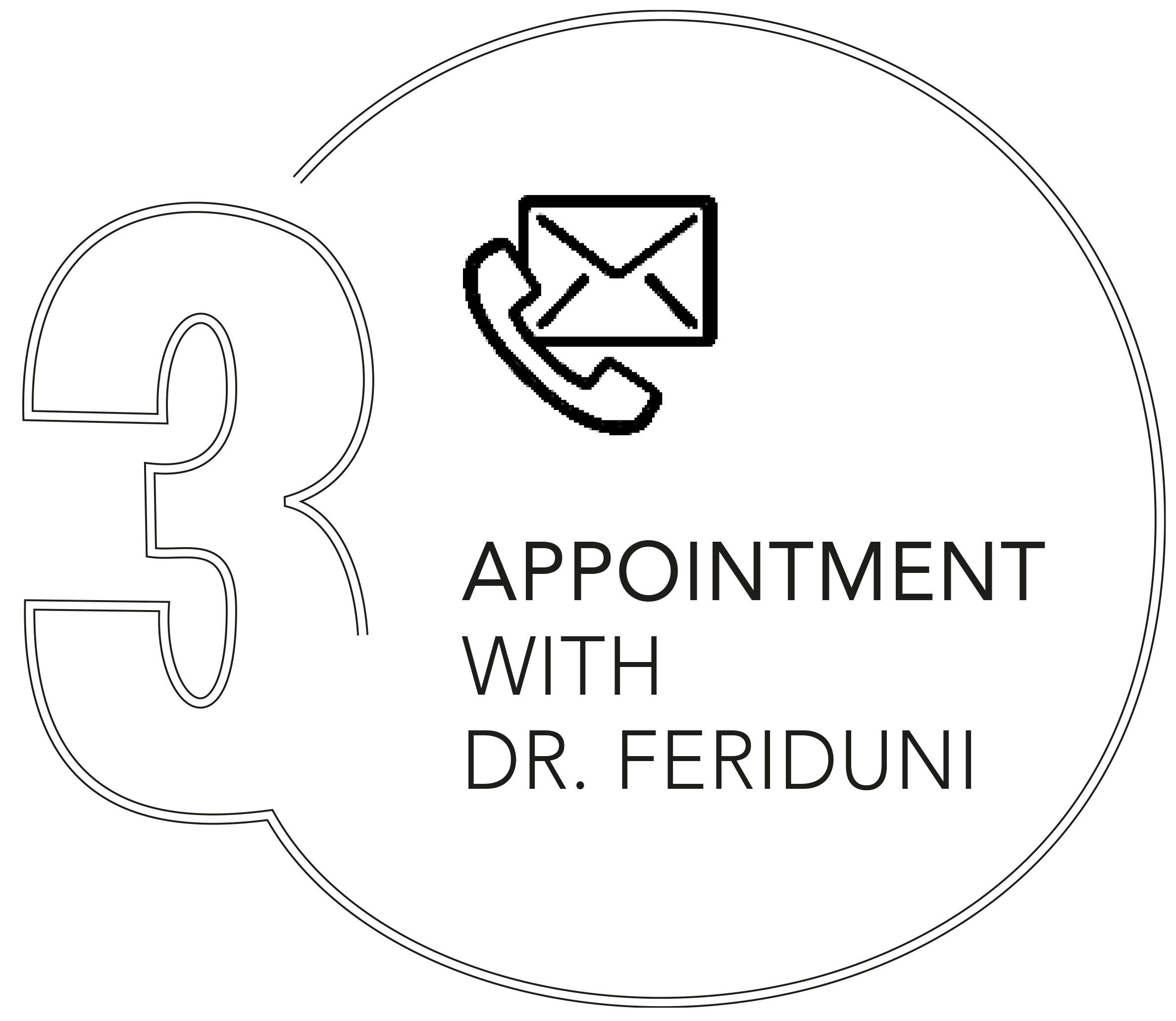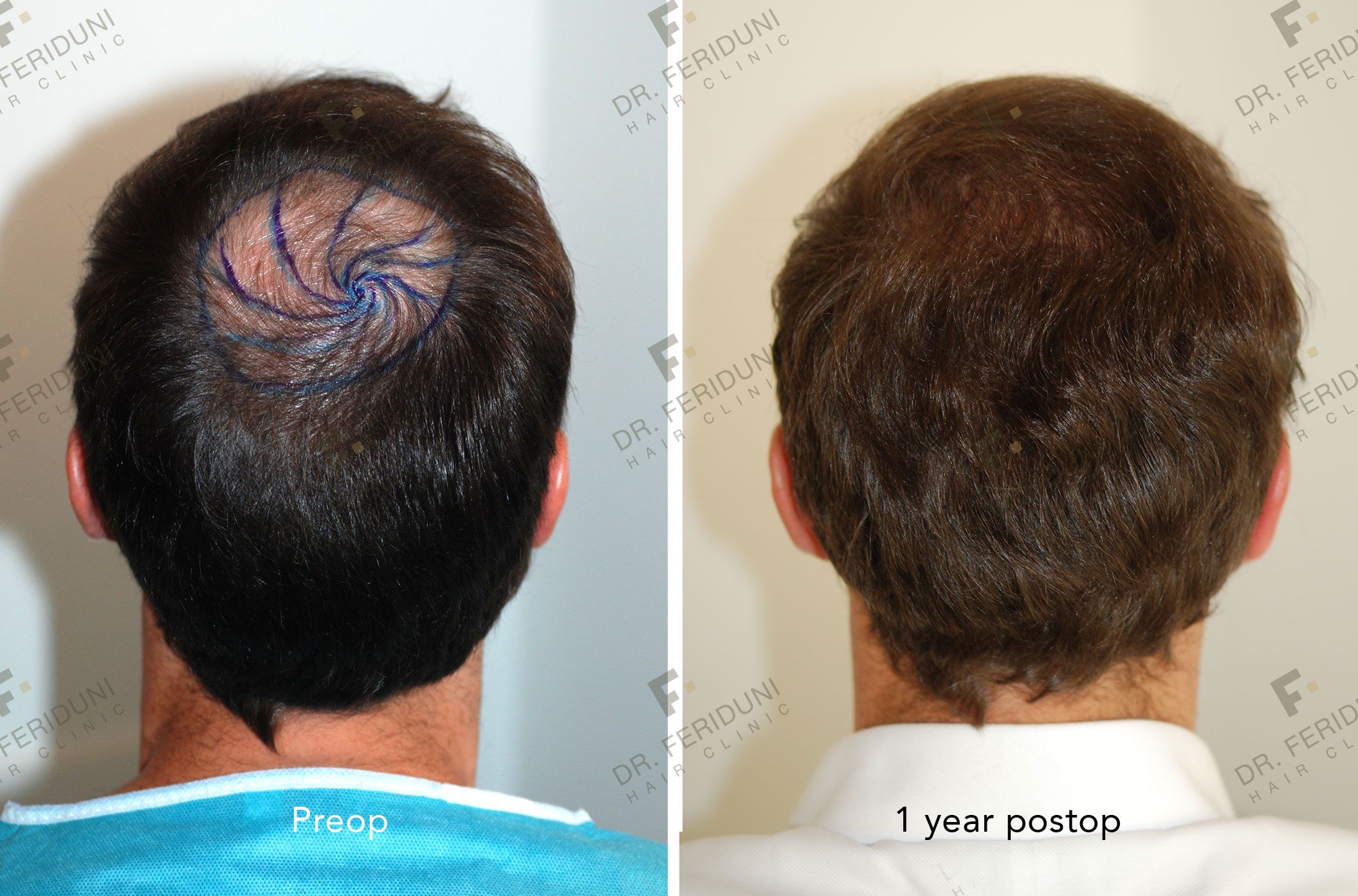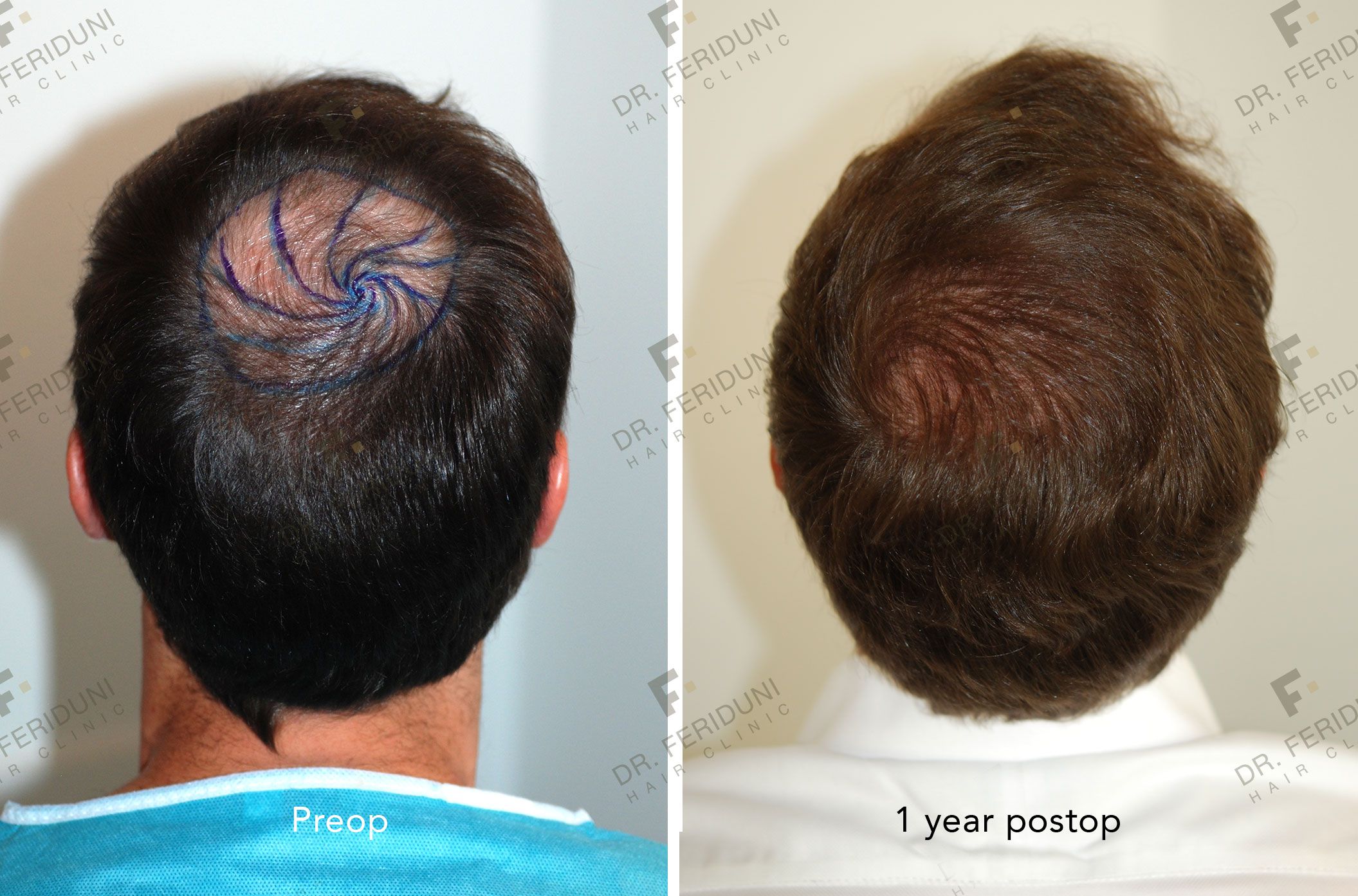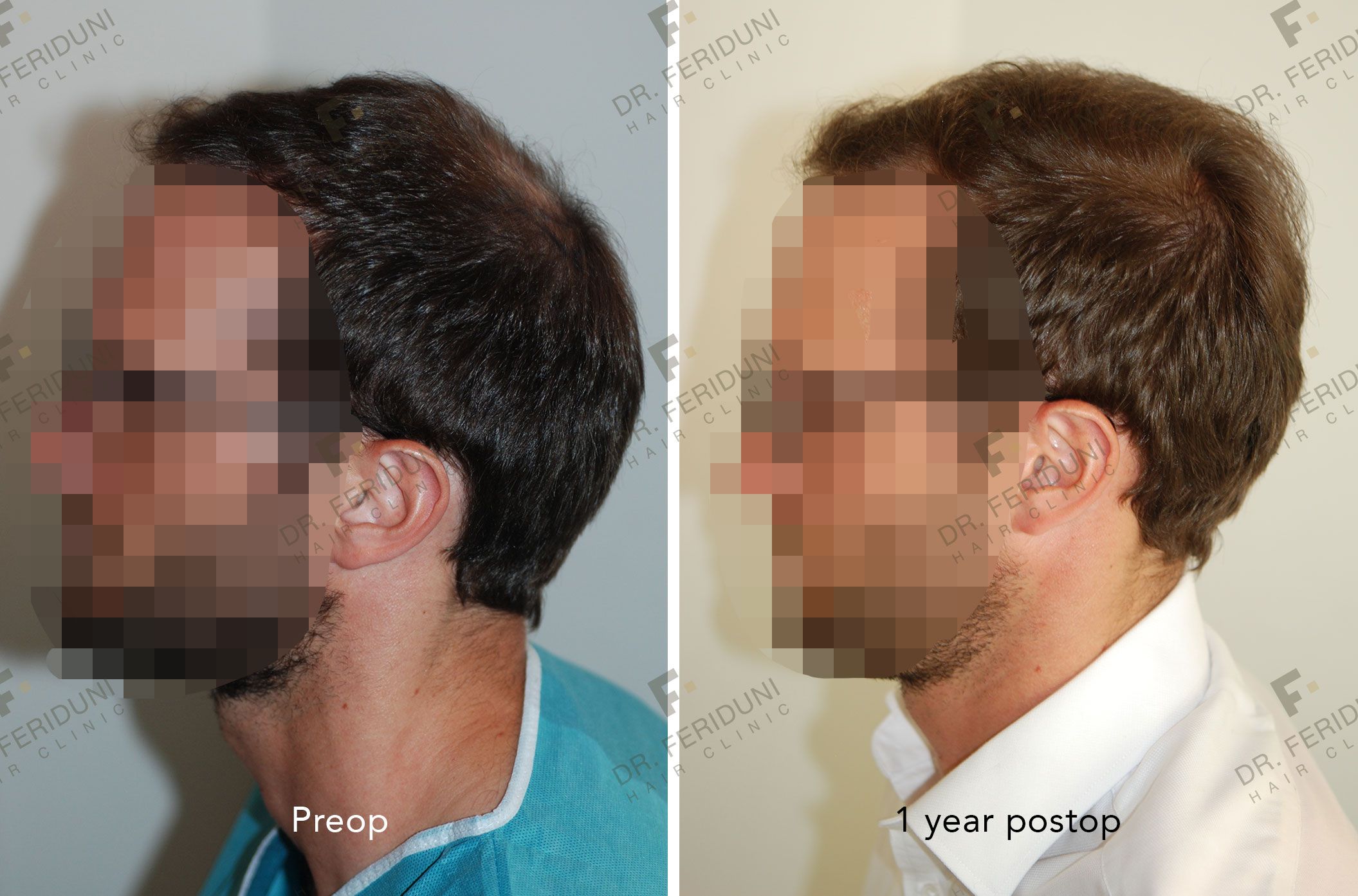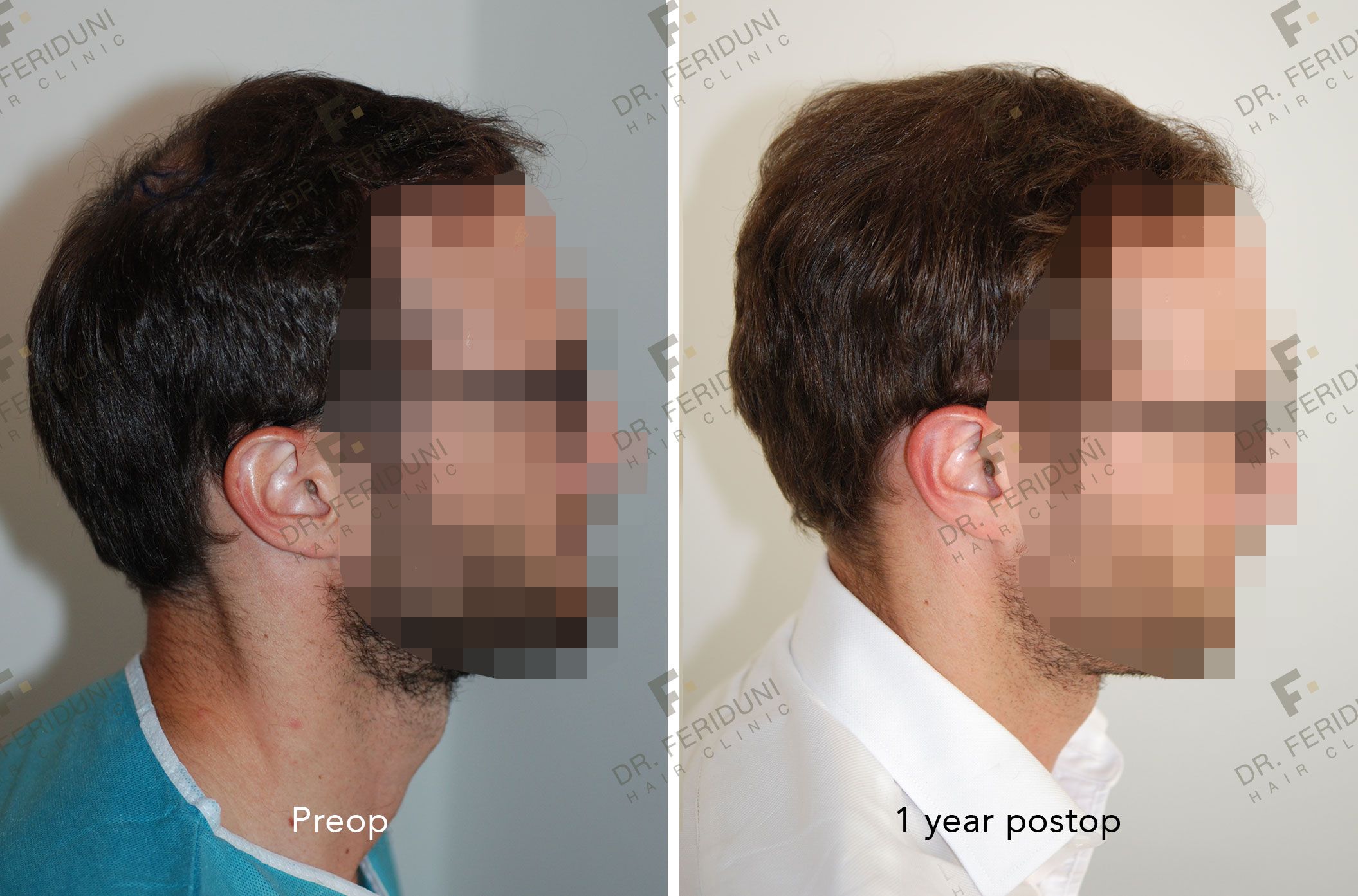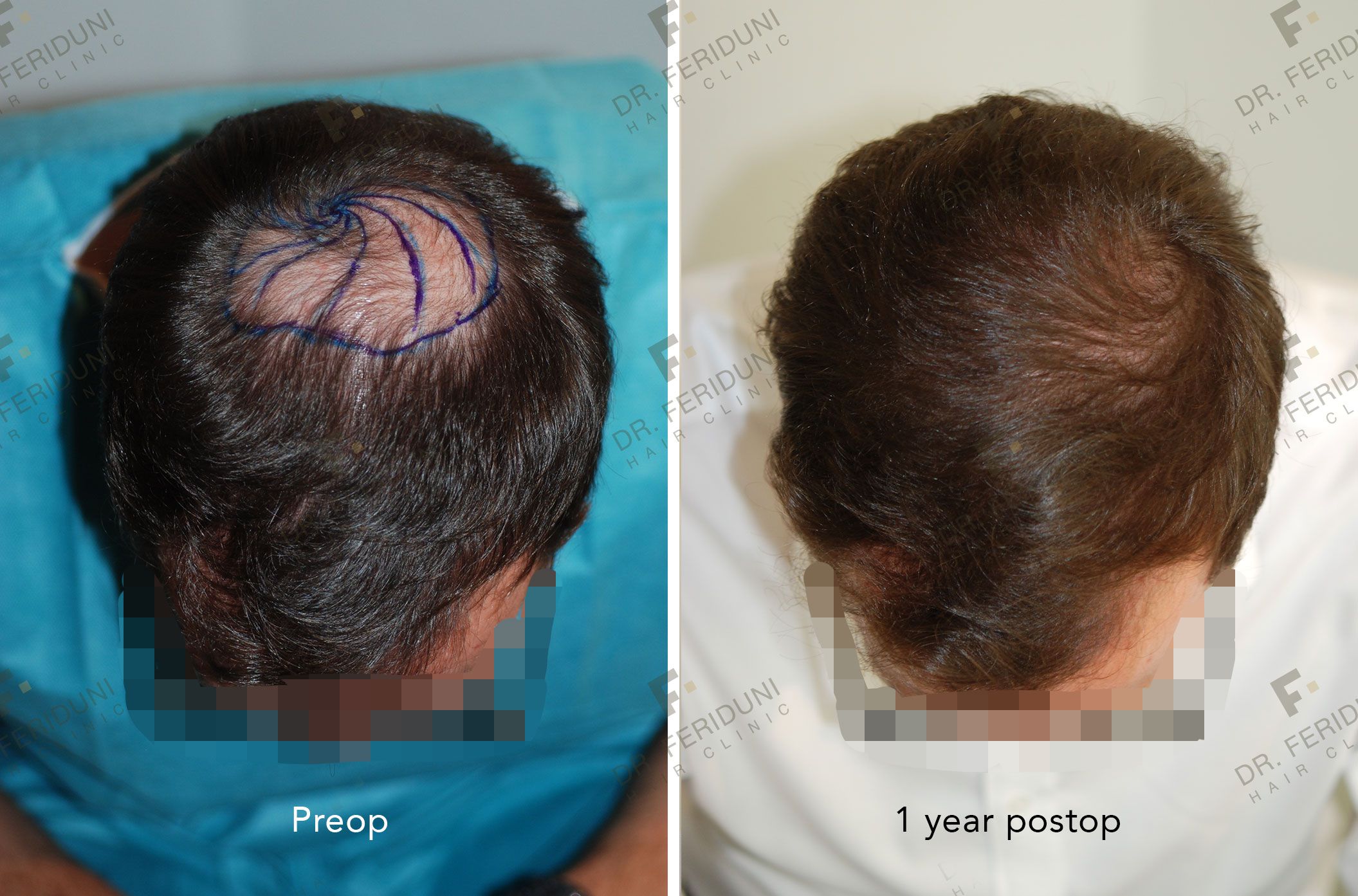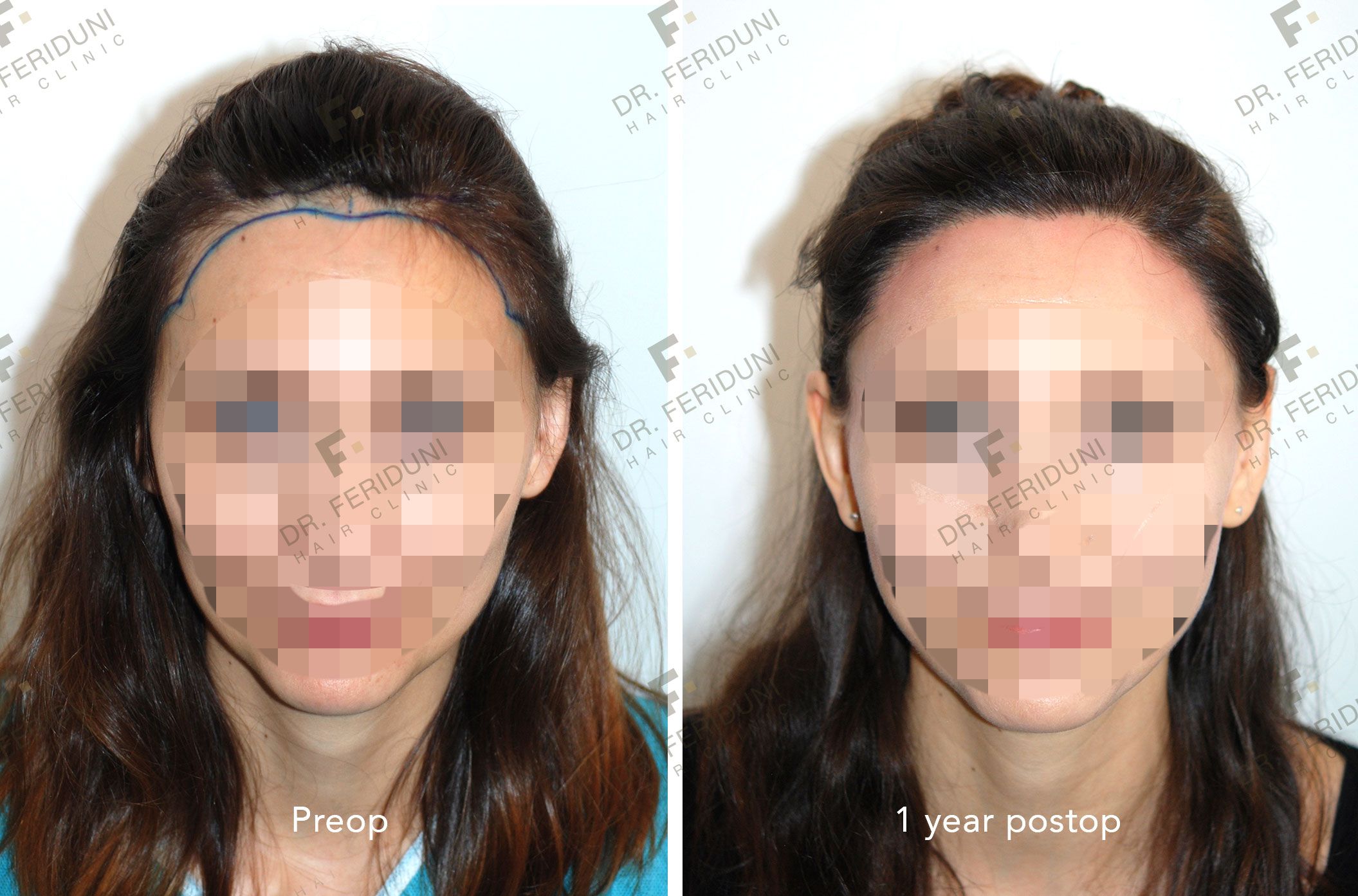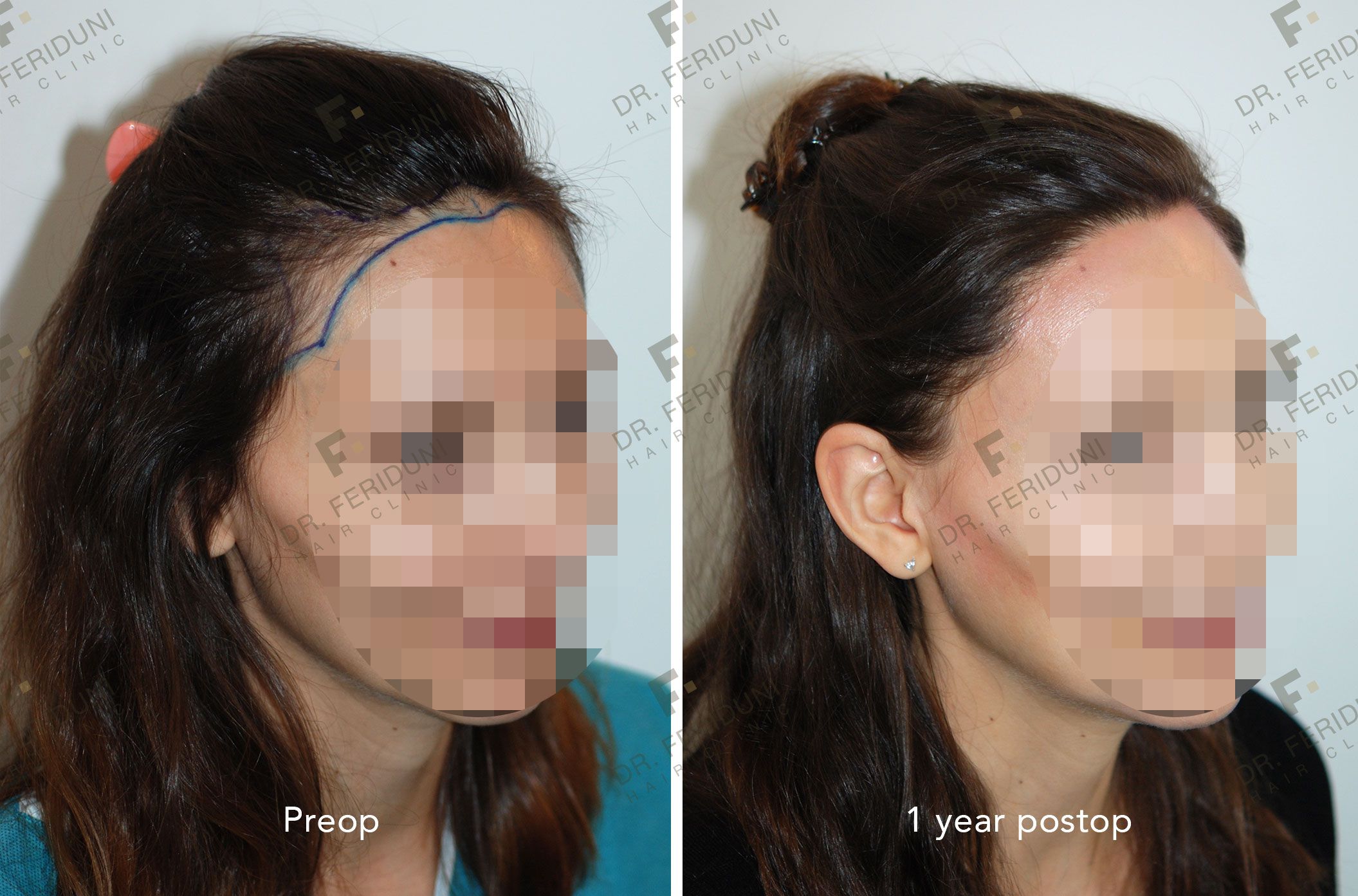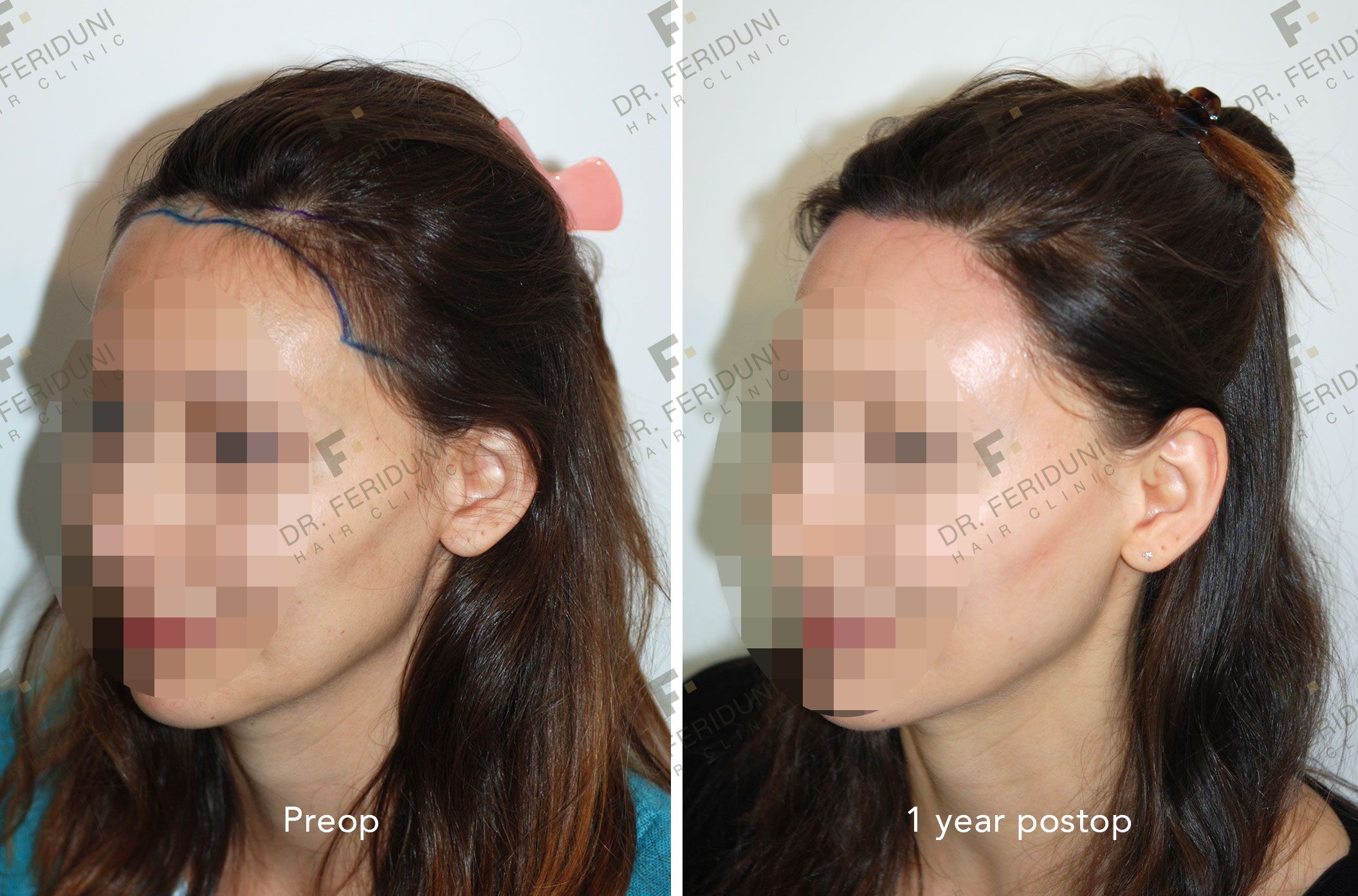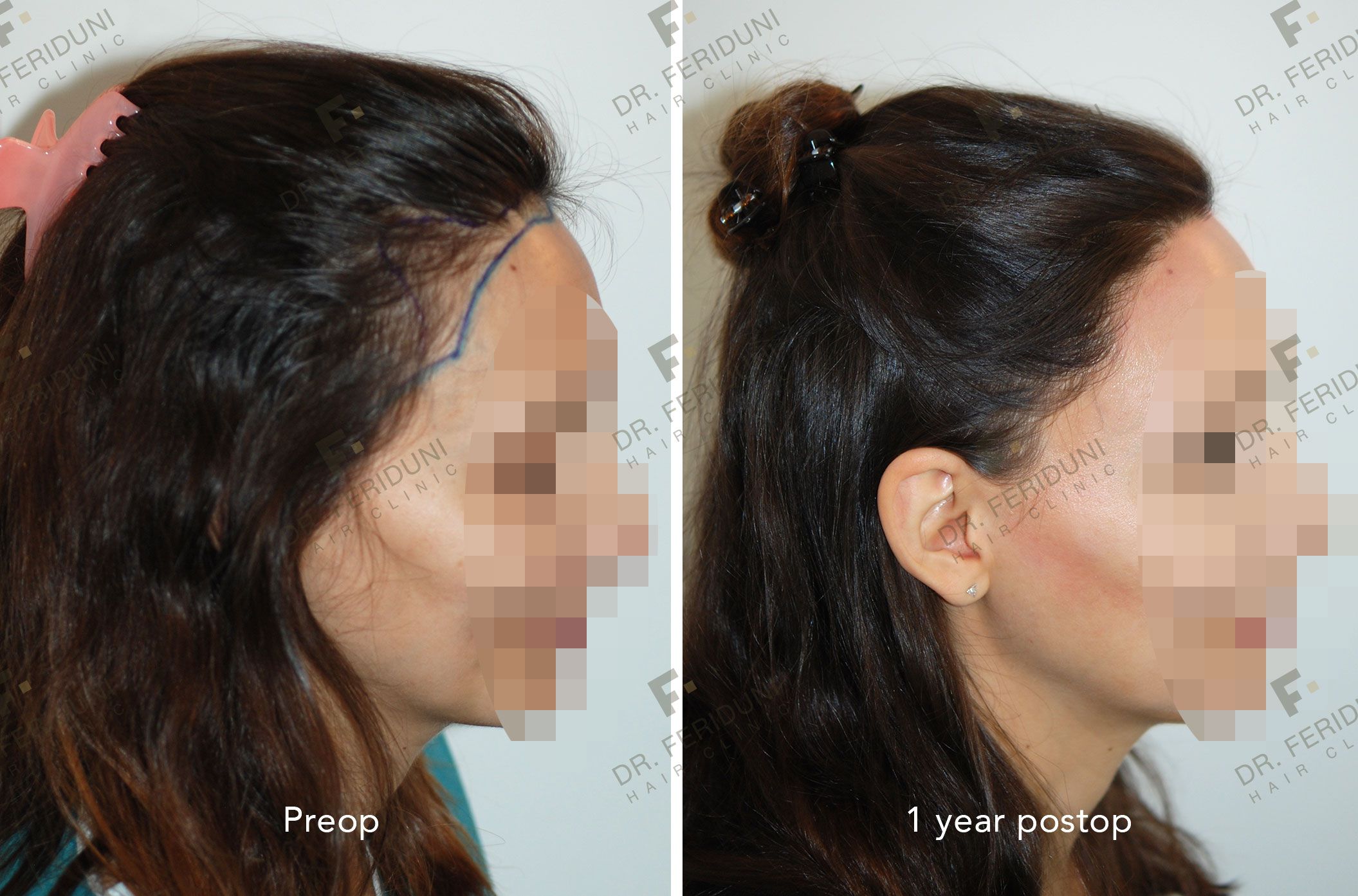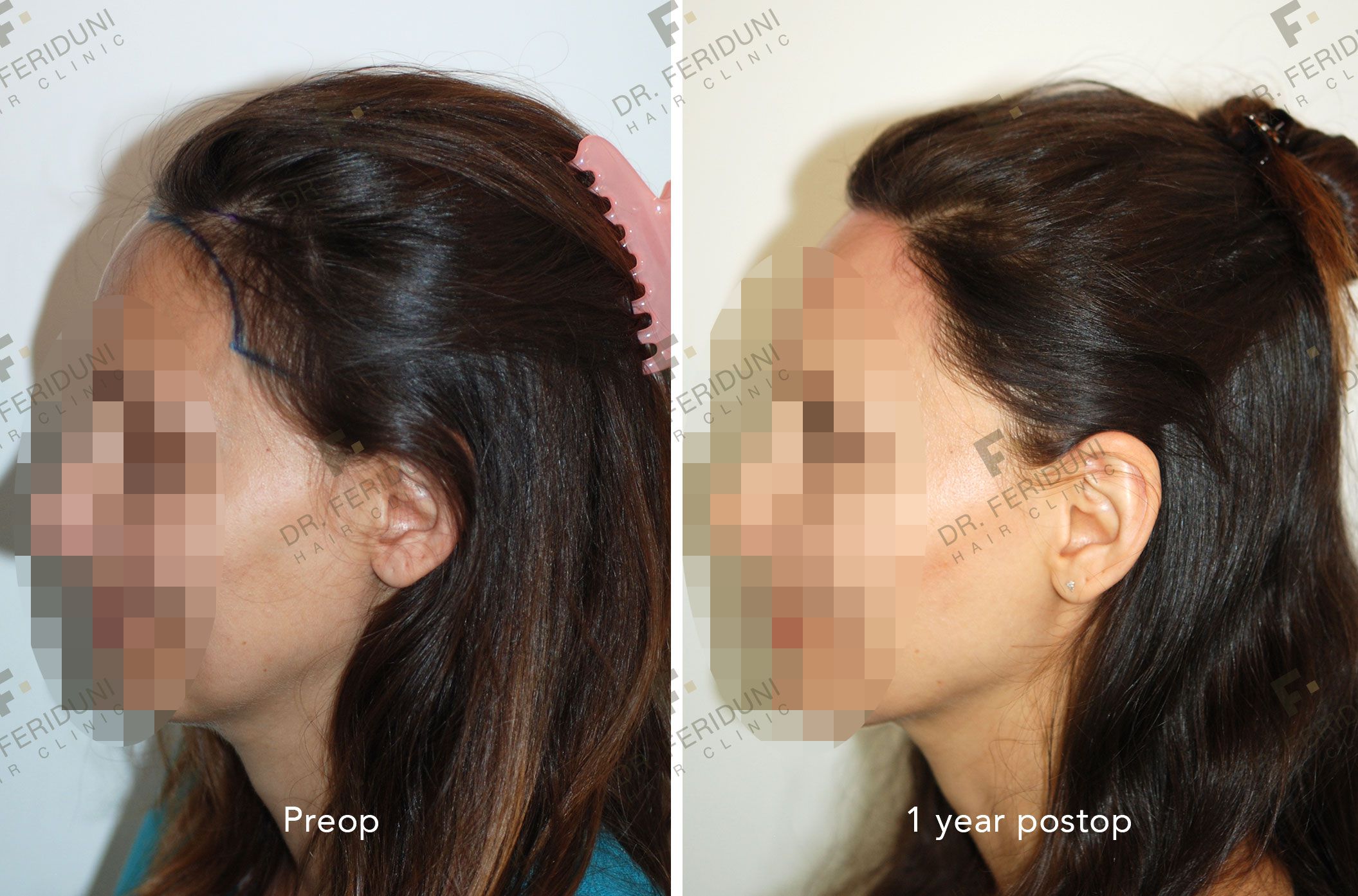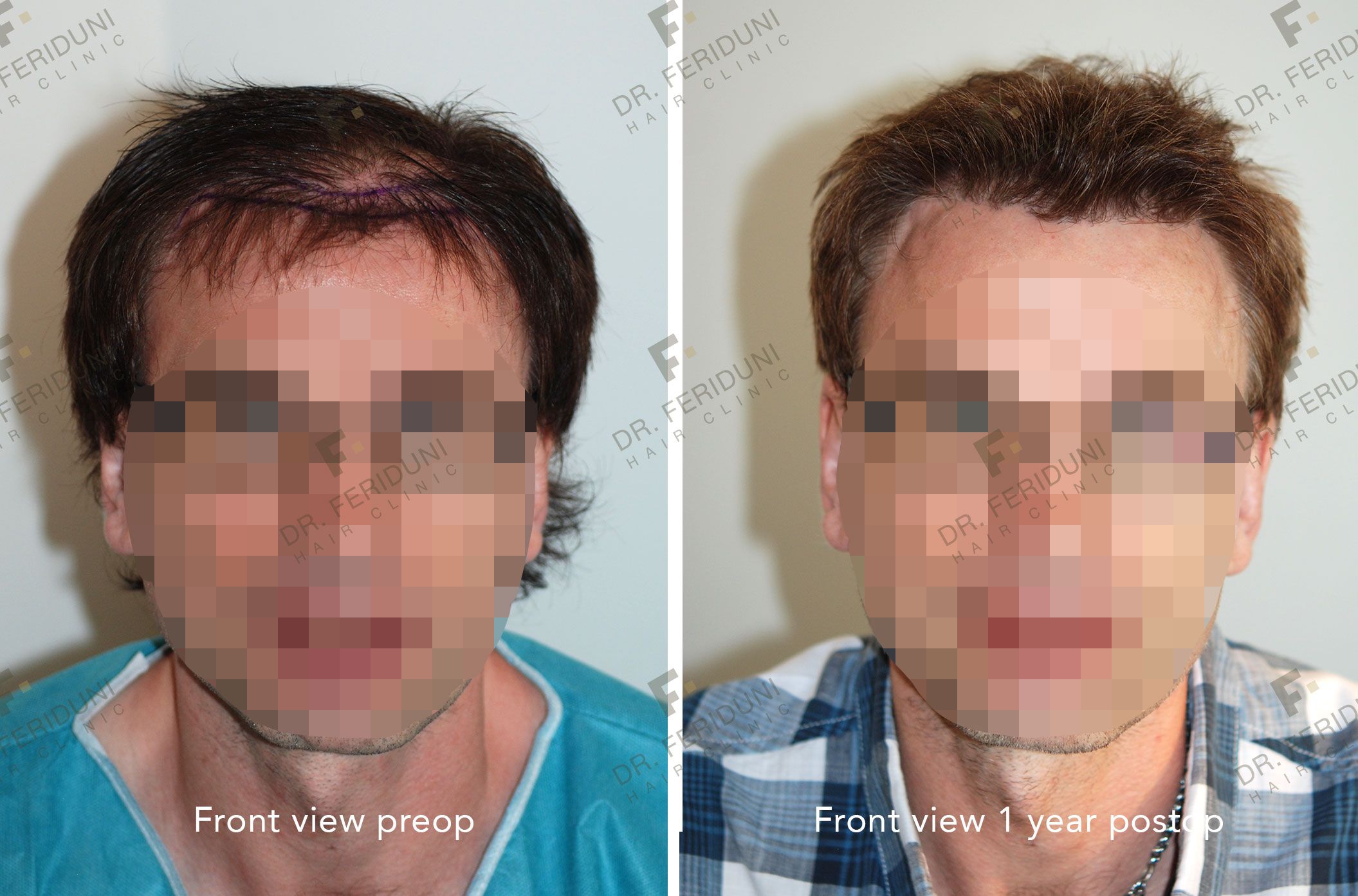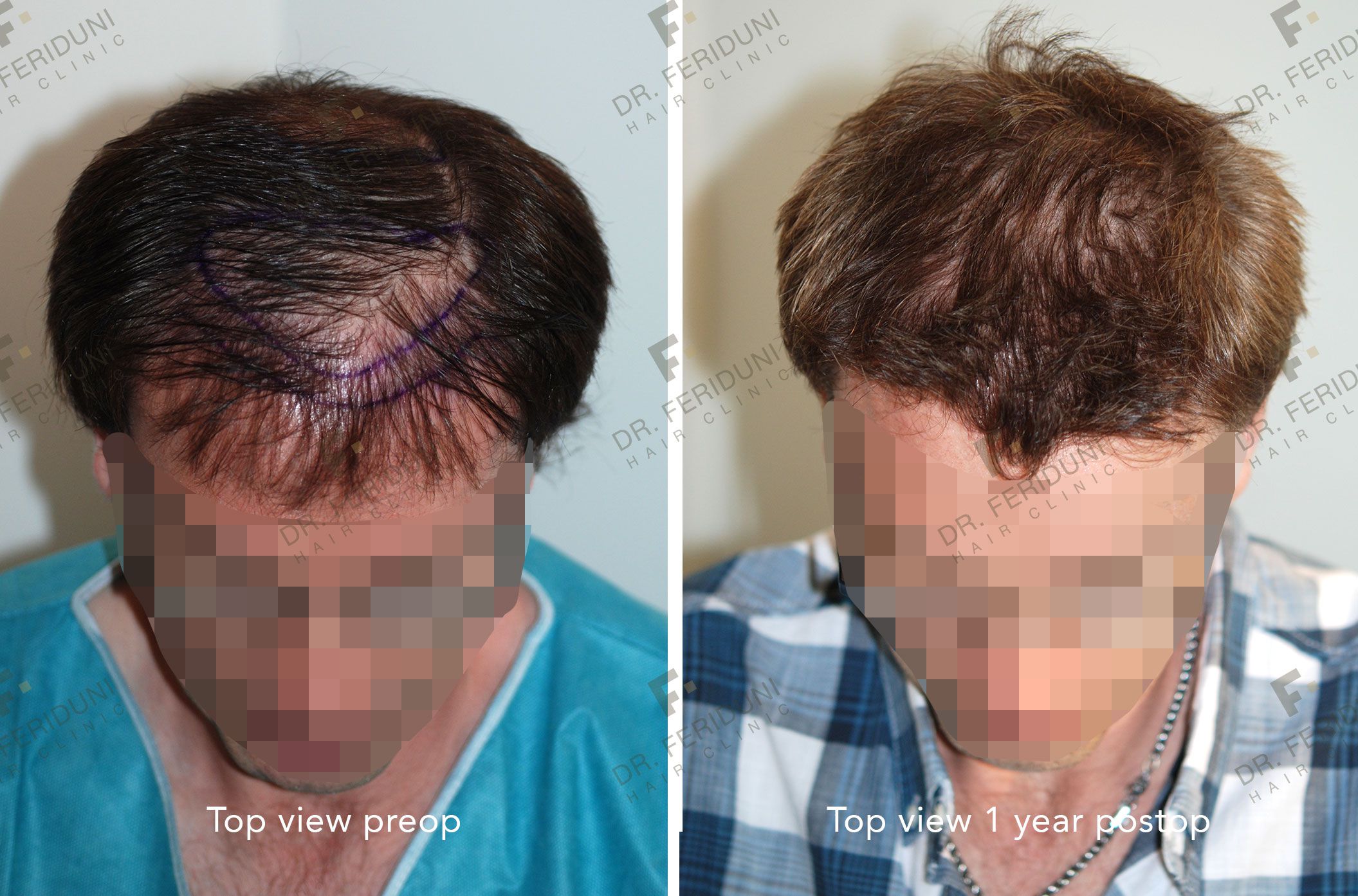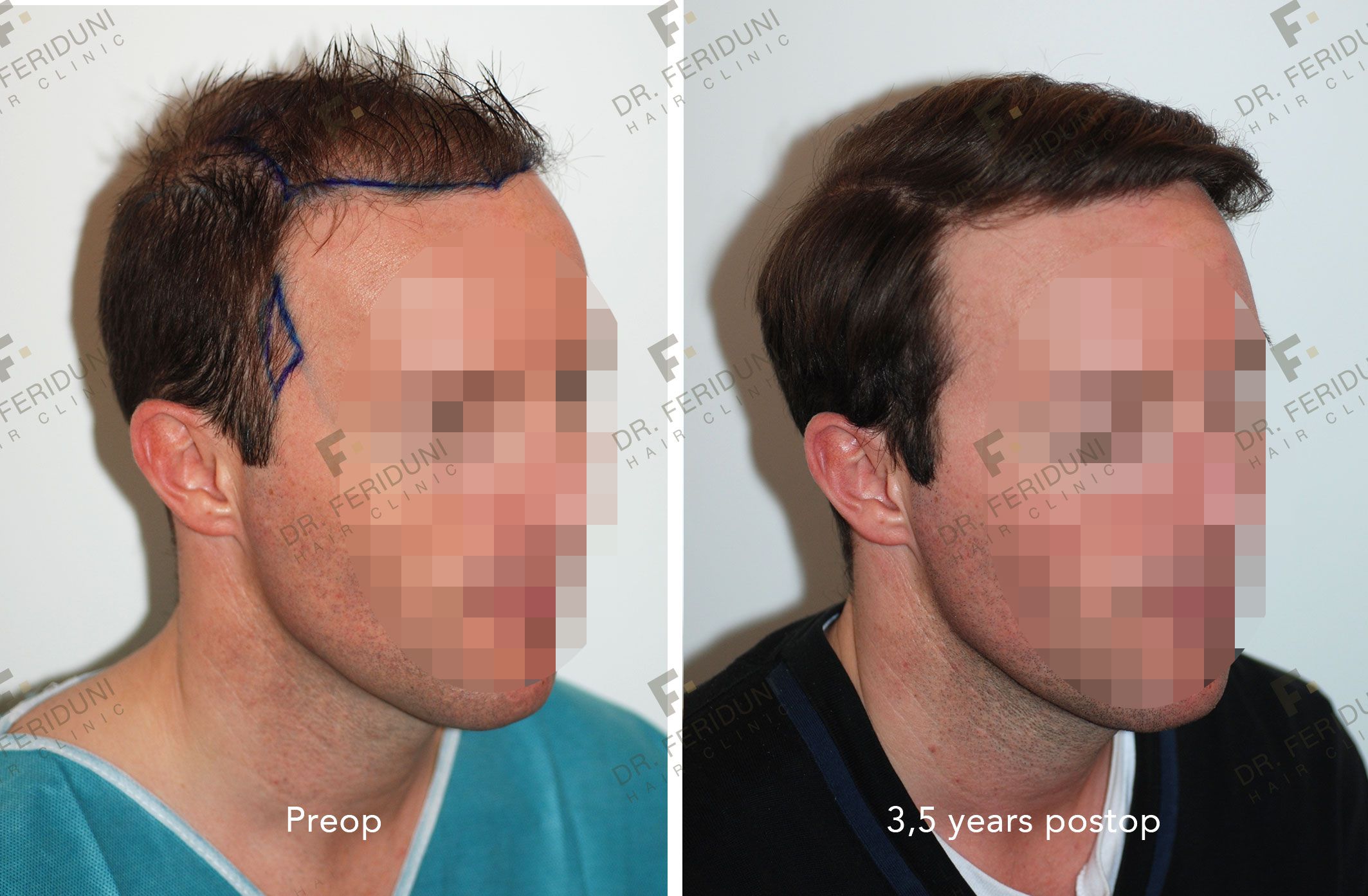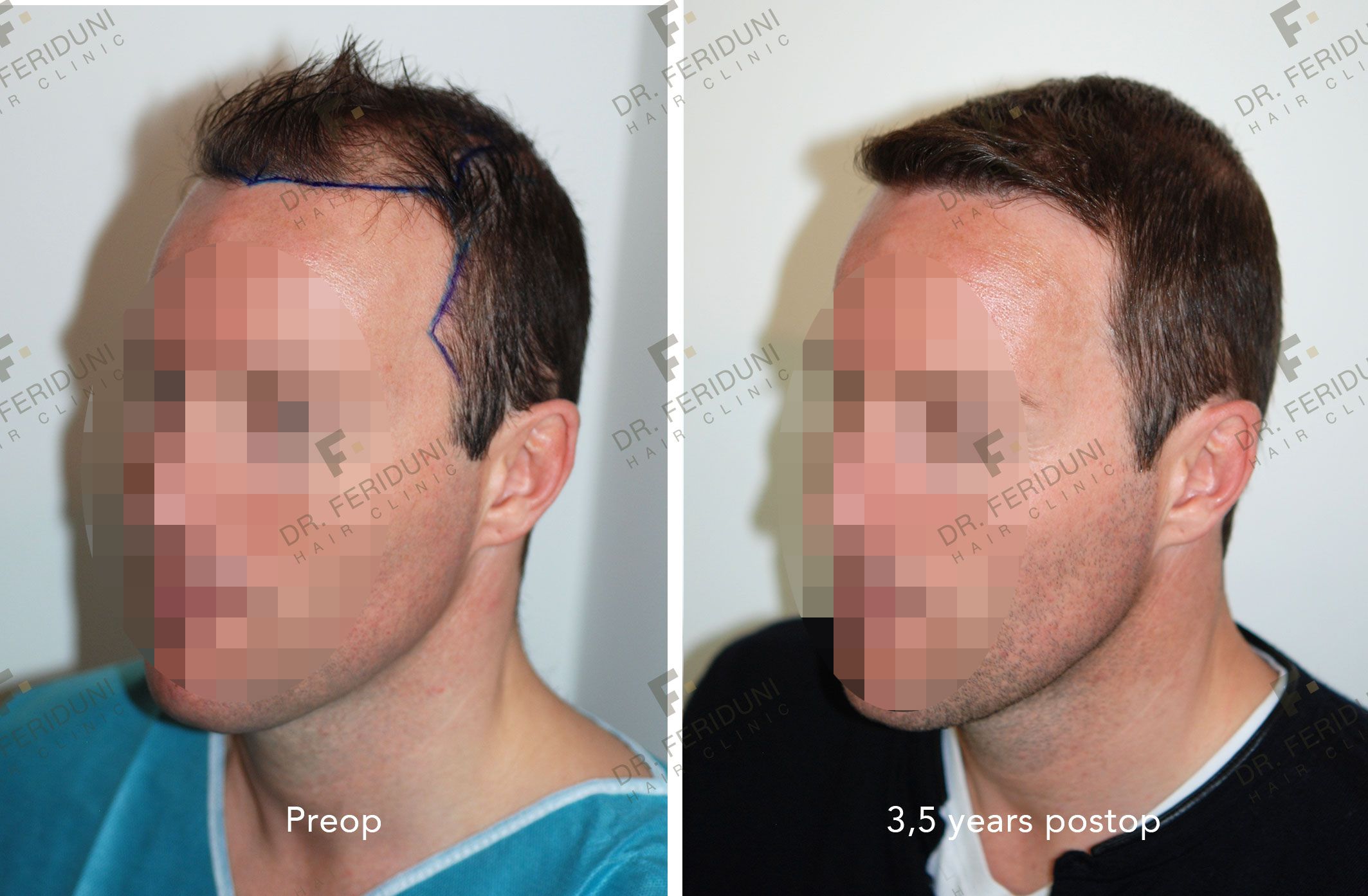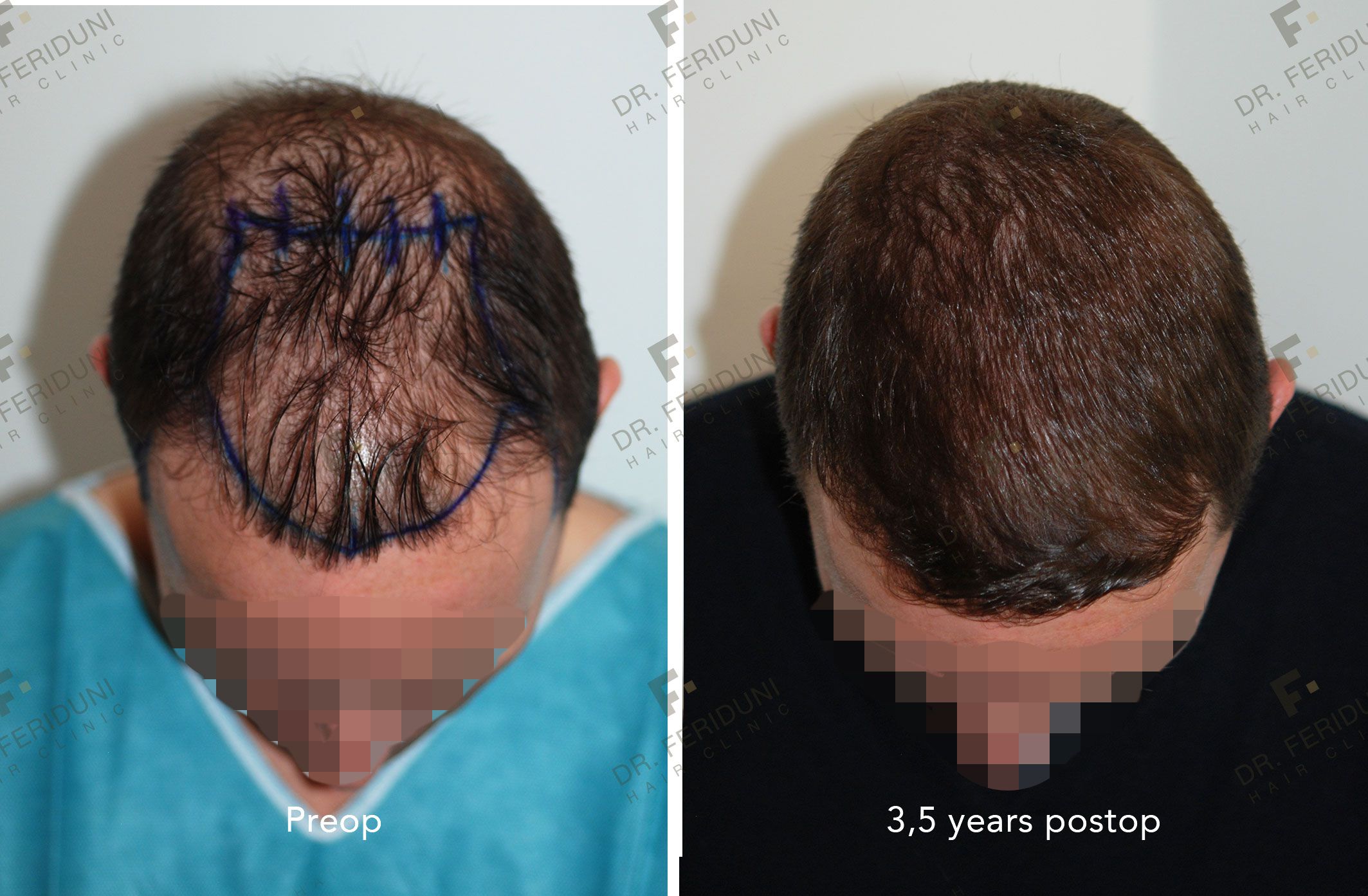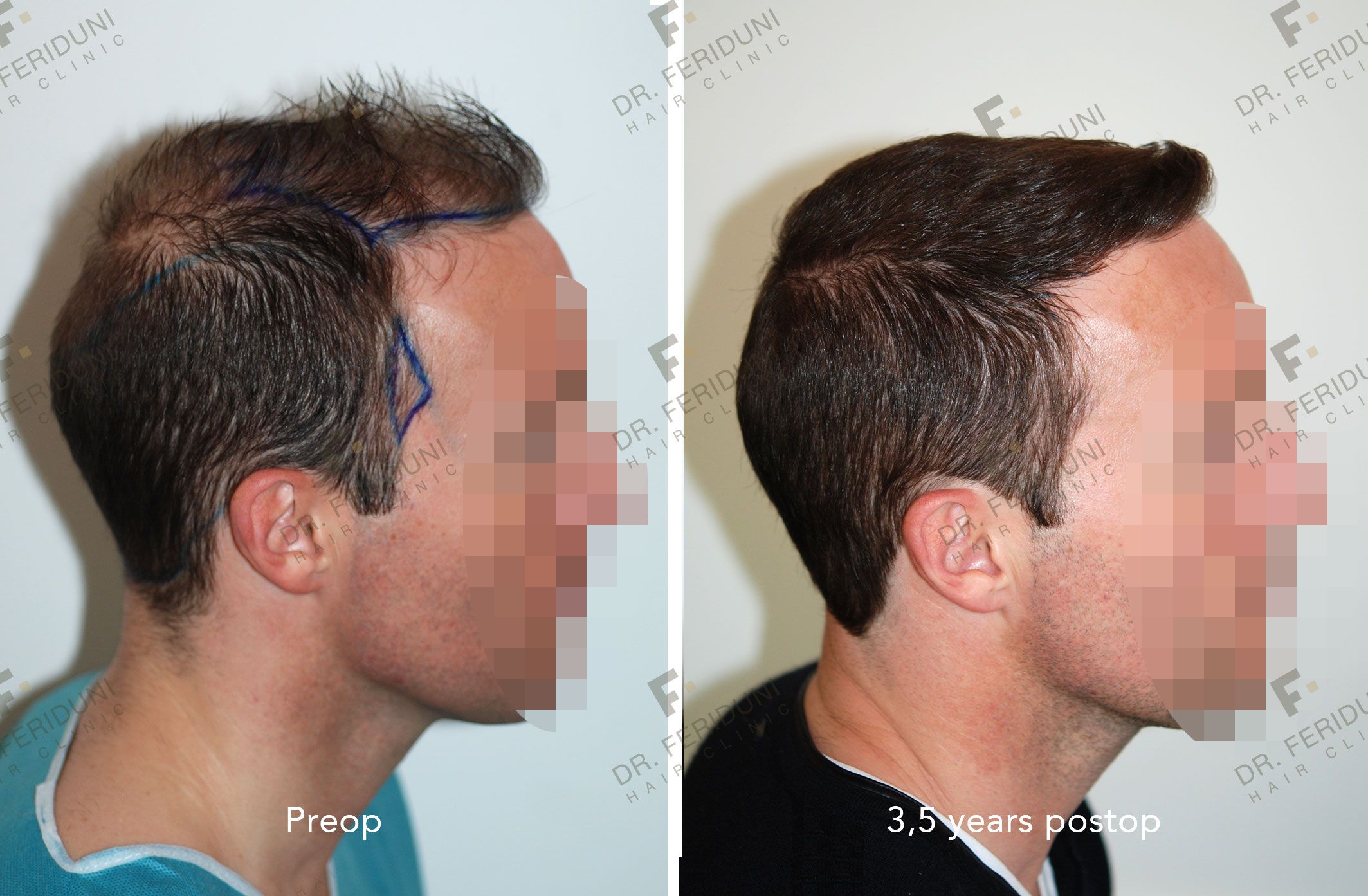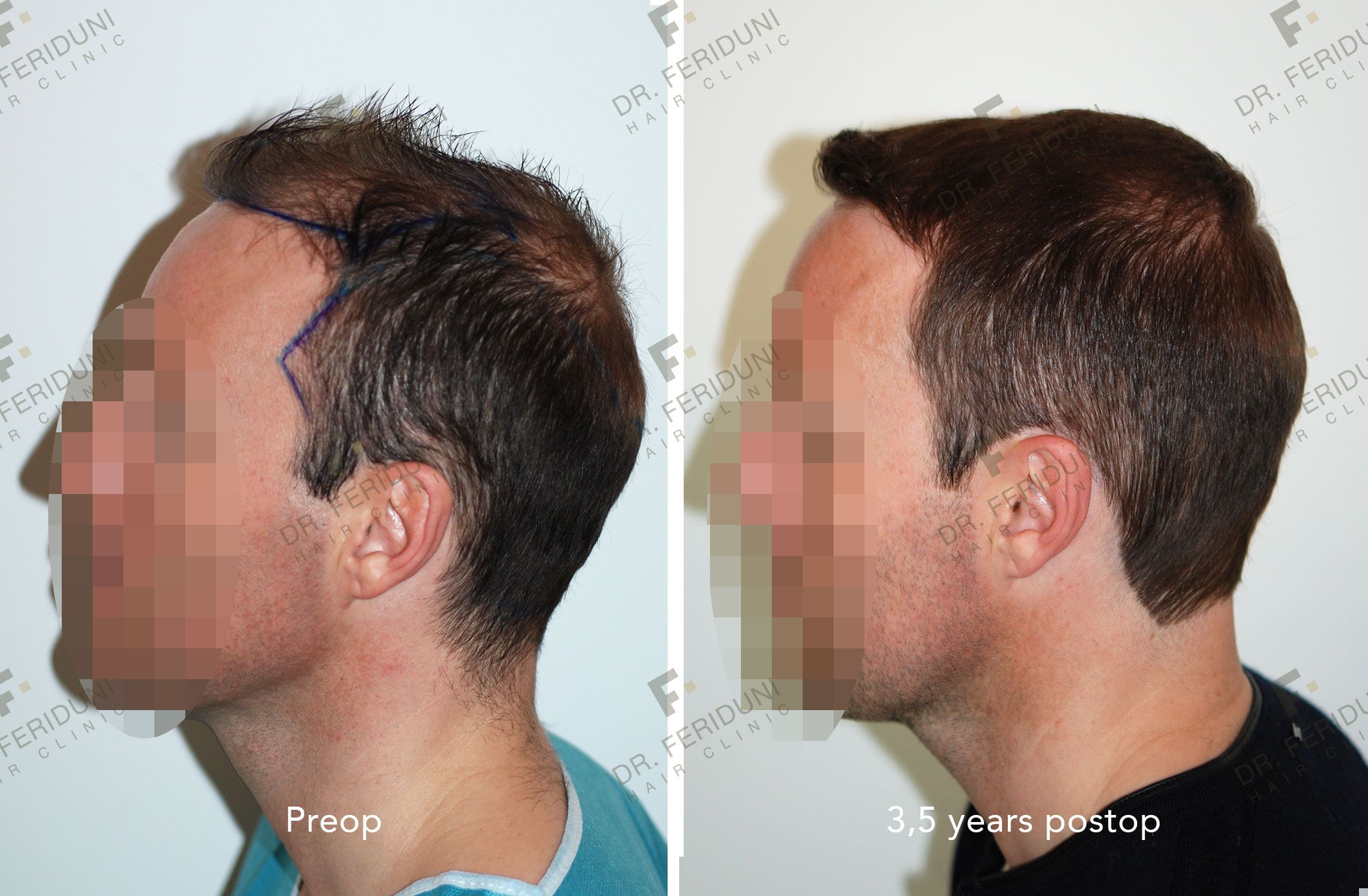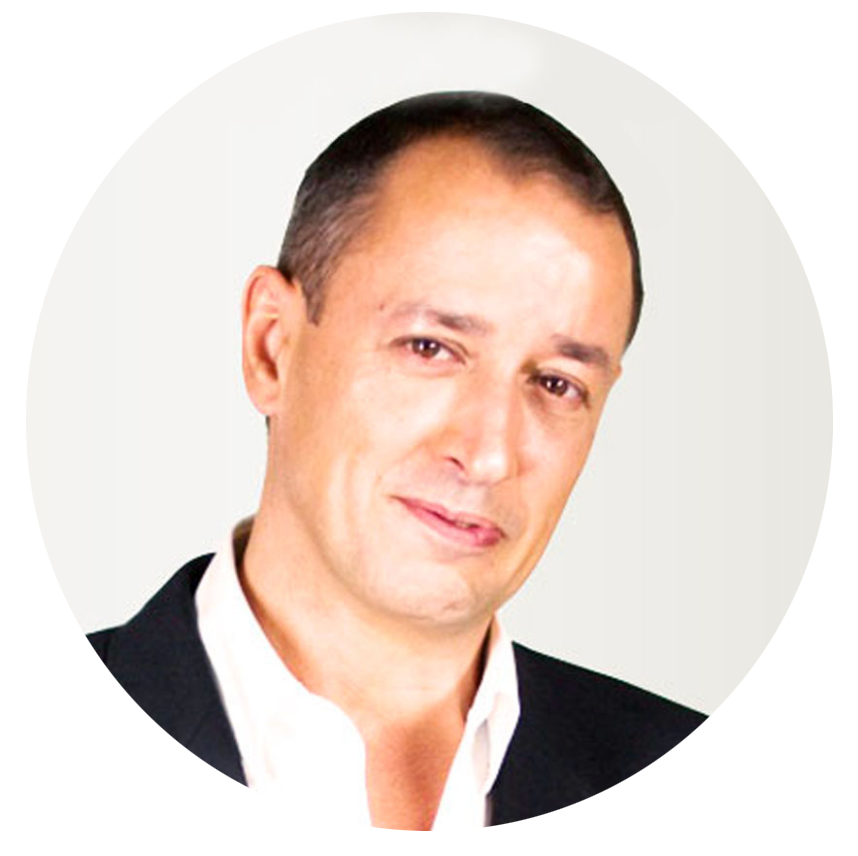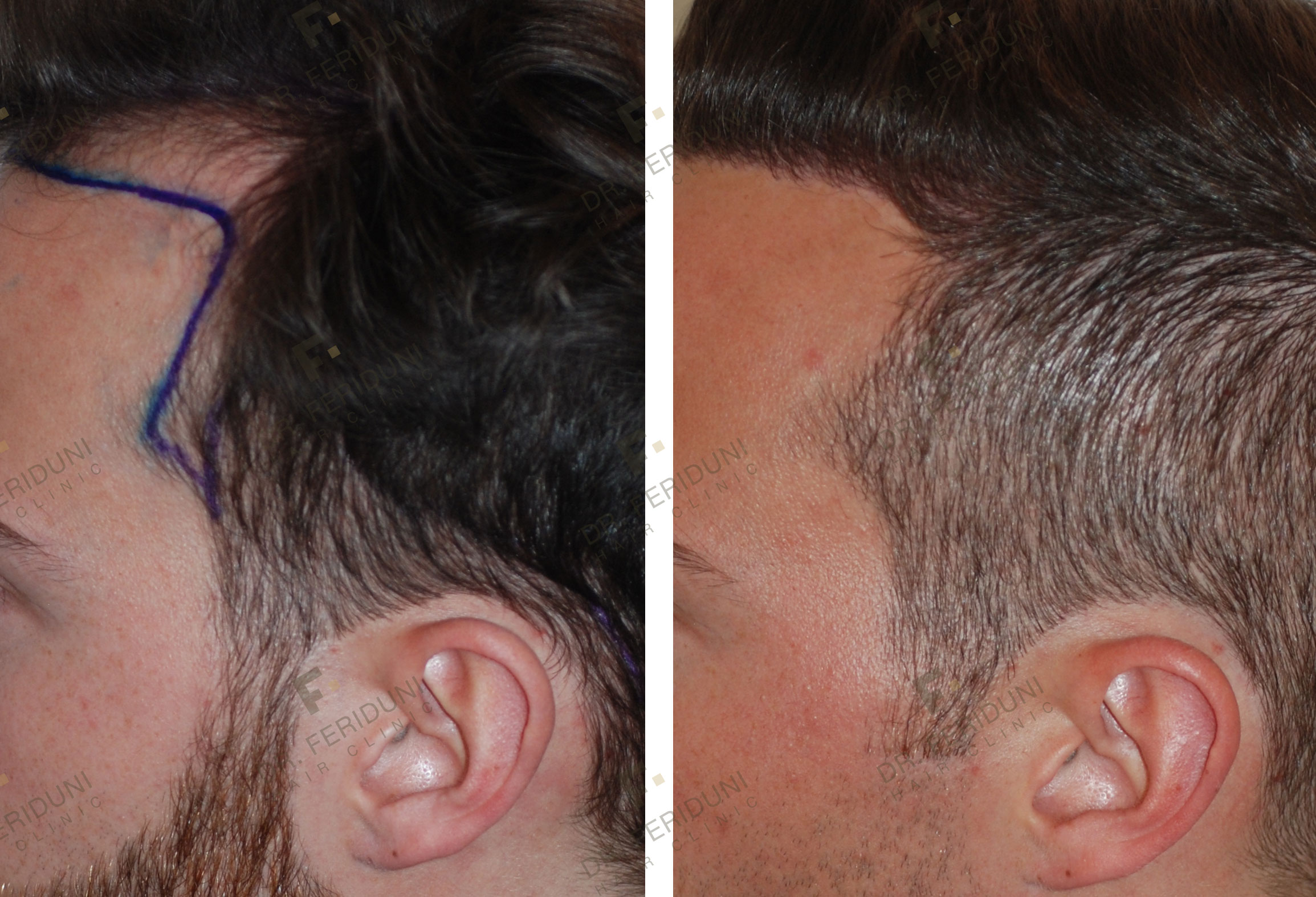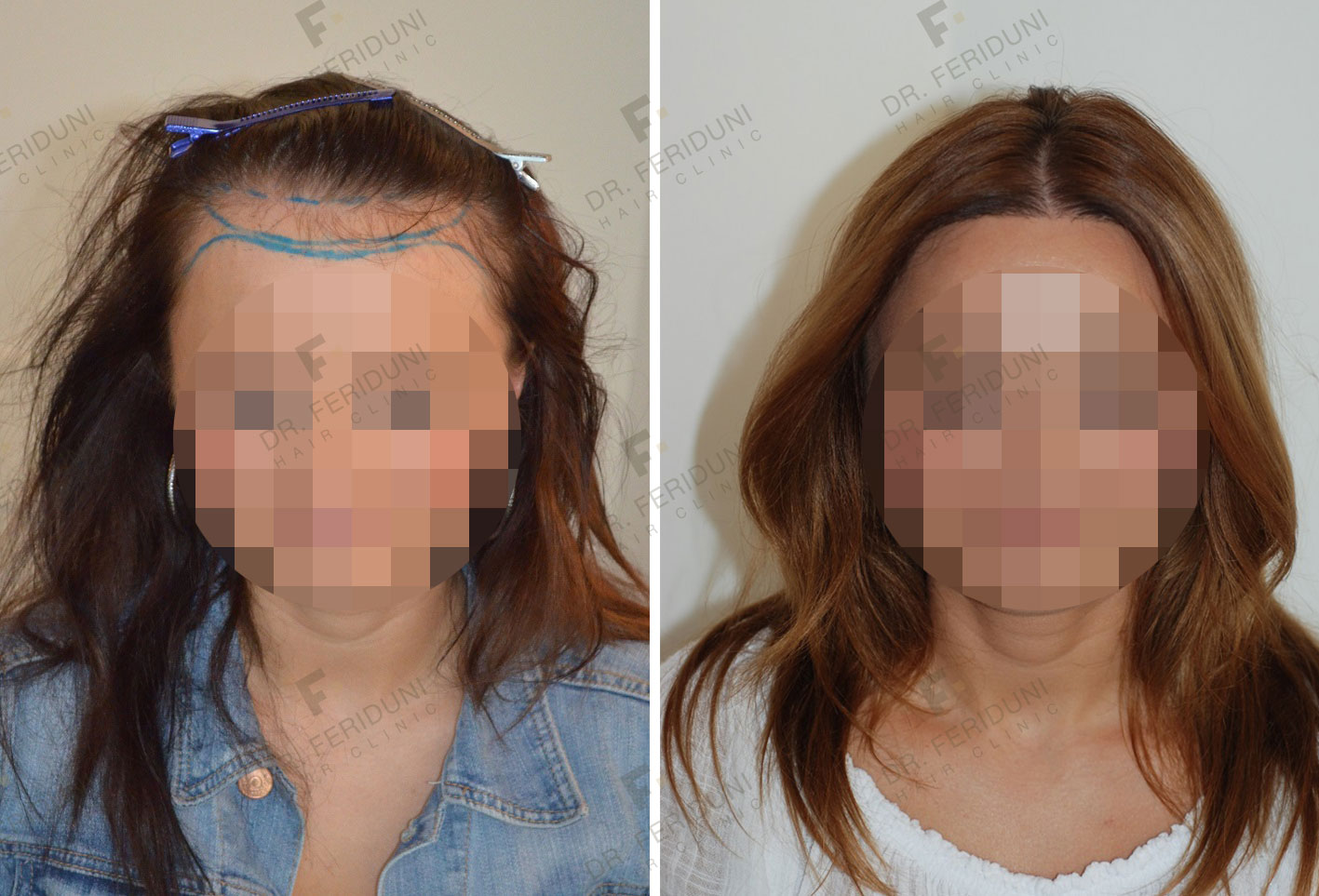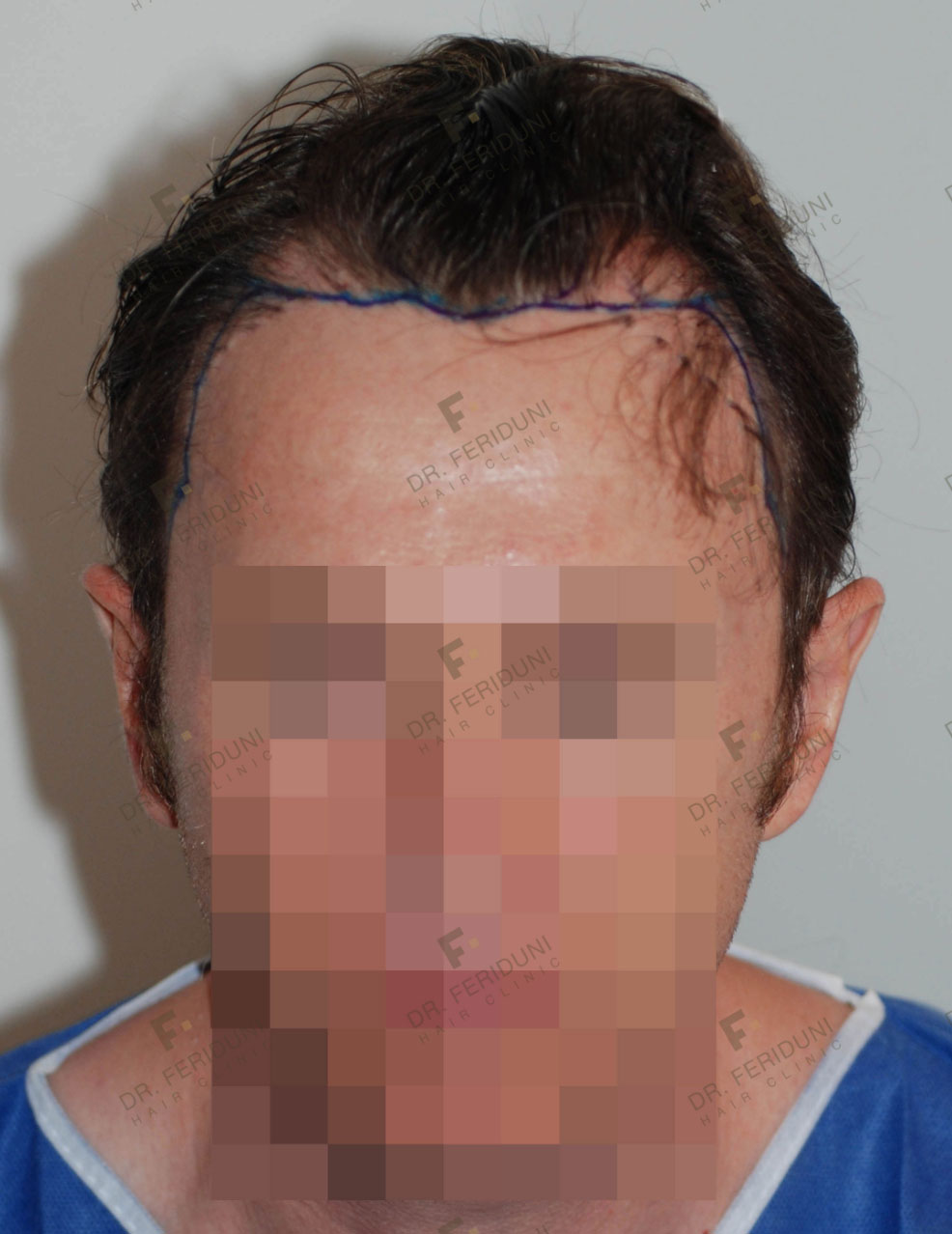Hair transplantation
Gain back your confidence
Different types of hair transplantation
FUE hair transplantation
FUE is the most successful method in hair restoration. Hair is extracted from the donor area (the crown of hair, at the back of the head) with a tiny hollow needle that extracts the entire hair follicle. The doctor then makes very small, sophisticated incisions with surgical blades uniquely tailored to the patient. Here he constantly takes into account the reconstruction of the natural hairline: the direction of the hairs, the density, a soft transition, a beautiful distribution. Then the hairs are implanted in the area to be treated.
Inlets, the crown area, a hairline that is too high, thinner hair, a bald spot, temporal peaks, eyelashes, eyebrows, beard, a reconstruction after an accident or radiation, a repair of a failed hair transplant,... There are a variety of reasons to consider a hair transplant. The doctor will discuss your options during the personal consultation.
A successfull FUE means that a hair transplant is not visible afterwards. A huge advantage for those who prefer short haircuts (even shorter than 1 cm). FUE is recommended for almost everyone. It is also suitable for patients who want to correct a large, linear scar after an FUT.
Practical
FUE is performed under local anesthetic in our private clinic in Hasselt and it is virtually painless. You enter in the morning and can go home in the late afternoon. We ensure an exquisite aftercare and personal follow-up of your result by Dr. Feriduni.
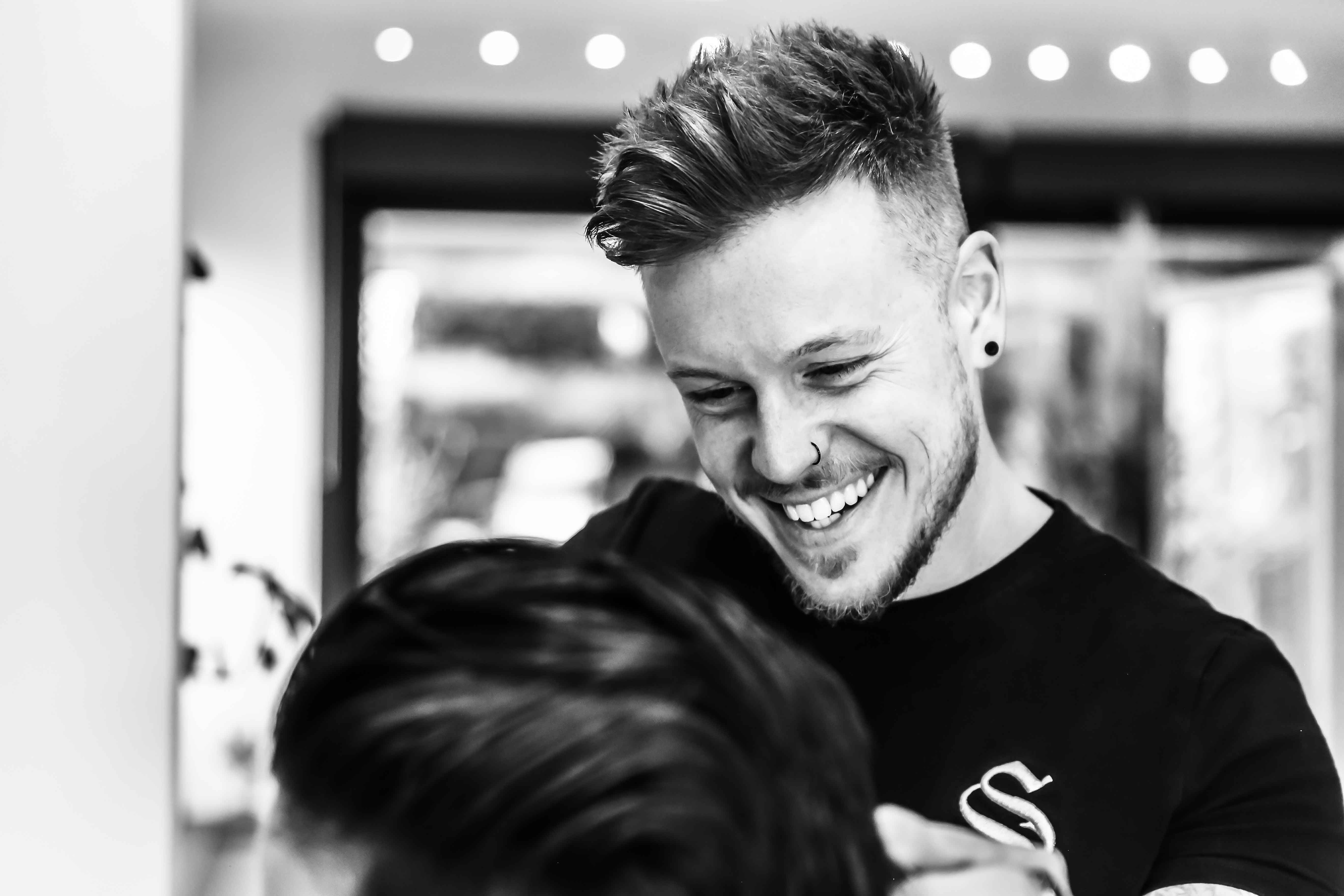
Follow the 3 steps to make an appointment
We'd love to book you an appointment and kindly ask you to first fill in the online consultatieform. This is applicable for every type of treatment: hair, lashes, eyebrows, beard, a repair, scar correction, medical therapy, tricopigmentation,...
The doctor will evaluate your application and wou will receive within appx. one week an email with the advised treatment plan and an indication of the costs. From this email on, your patient file is up-to-date and you can contact us to make an appointment: This email address is being protected from spambots. You need JavaScript enabled to view it. or +32(0)11 299 790.
"I personally perform each treatment with my highly-educated medical team."
What methods does Dr. Feriduni use?
Specializations
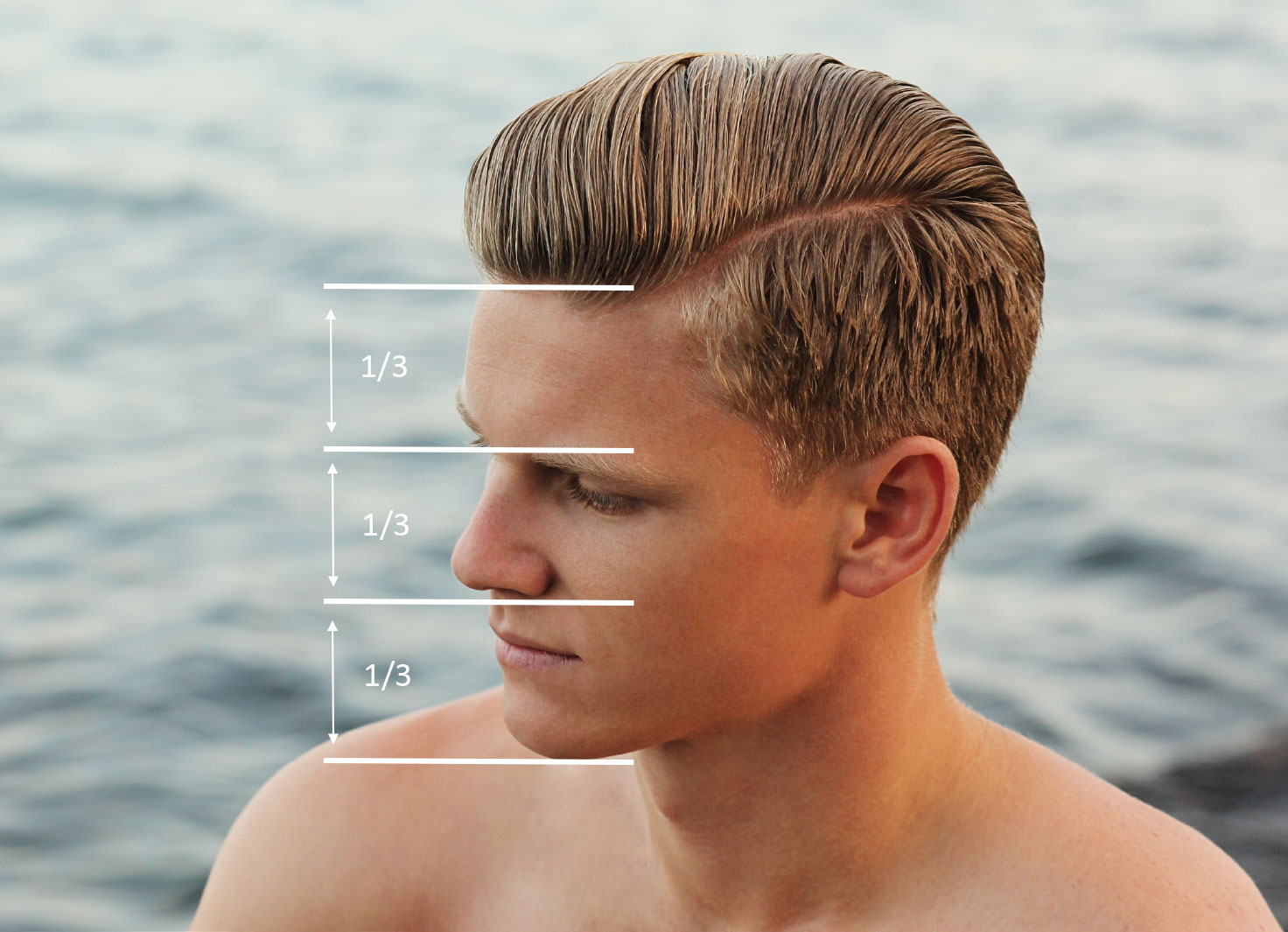
This applies to art, architecture - and to nature. With the face being part of nature, this also applies to the face, with the hairline in particular playing a decisive role in determining facial harmony. Where hair is missing around the hairline, we see the face as lacking in harmony. This explains the eminent importance of the hairline.
Recognising the principles of facial proportions requires a hair surgeon not just knowing these principles, but fully understanding them and being in a position to put them into practice, creating a result that looks completely natural without being noticeable as a transplant.
The goal of any transplantation is to achieve an aesthetic result, looking as natural as possible. To achieve this, the hair surgeon must not just know the patient's hair density at the moment of transplantation, but also needs to take into account future age-related hair loss. Dependent on the area of the scalp being treated, the hair surgeon will juggle with different densities to achieve the right density - the one best suiting the patient. This all requires a lot of time, patience, experience and talent. When hair becomes too sparse or alternatively when hair is too dense, the result can look unaesthetic.
What is the logical consequence? The success and quality of a hair transplant is to a great extent dependent on the quantity of transplanted hairs and how natural they look. The more grafts there are available, the more natural the result one can expect.
The high number of available grafts, the tiny size of the FUs and the use of a special incision technique (the Lateral Slit Method) allow grafts to be inserted much more densely (Dense-Packing). This in turn often means that only one transplantation session is needed (One-Session Philosophy).
The Lateral Slit method enables the angle and arrangement of the hairs to look even more natural. In particular in the area around the front and side hairlines, where skin is thin and sensitive, the use of the Lateral Slit method is very advantageous.
The use of the Lateral Slit method places greater demands on the operating surgeon and his team, in particular with regard to preparing the incisions and implanting the grafts.
Results
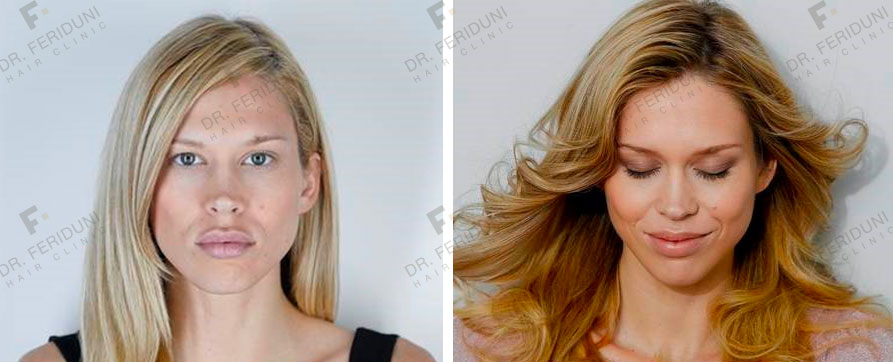
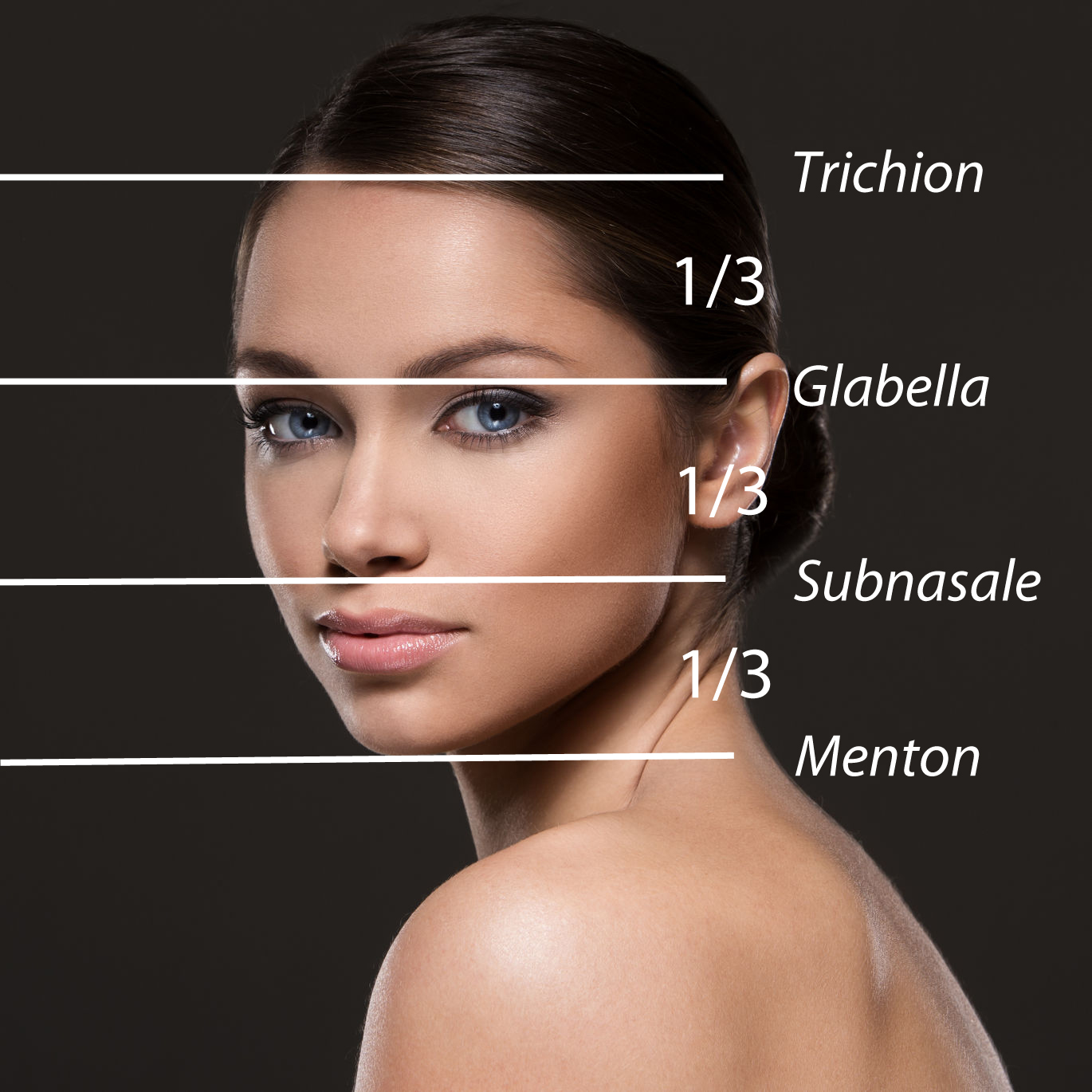
There are a number of women who have a hereditary high hairline or high forehead. The appearance of a high hairline can make women look masculine and/or older than they actually are. The associated high forehead is often seen as unattractive and their hair styling is often limited to combing downward (bangs) to camouflage it. These women, even though there are no signs of hair loss, are dissatisfied with their naturally high forehead and wish they could lower their hairline to a more cosmetically pleasing location.
The female hair line lowering procedure starts by making a non-repeating, irregular Trichophytic incision within the fine hairs of the anterior hairline. This incision cuts across the hair shafts but leaves the bulb of the hair follicle intact. The trichophytic technique allows hair growth through the scar to help camouflage it. By this method, we try to create a similar transition zone as seen in follicular unit grafting. The hairline subsequently appears natural and undetectable.
After the incision, the scalp lifted off of the skull all the way to the back of it. Tumescence is used to minimize bleeding. Extensive undermining (a process used to separate the scalp from the underlying muscles and supporting tissue to increase elasticity) is performed in this plane and is rapid and bloodless. In the forehead, dissection in this plane is done to just below where we want the hairline. The scalp is then advanced forward and the excess non-hair bearing forehead skin is excised with an incision that is parallel to the bevelled trichophytic incision. The wound is closed in two layers. The deep layer of the scalp is closed for strength and to approximate the wound edges. The skin closure is done with delicate fine stitches. To ensure a good cosmetic result, there is no tension on the wound. A light dressing is placed and removed on the first postoperative day. A cosmetic result is appreciated immediately. The hair may be combed downward and there is minimal bruising and oedema. Sutures are generally removed 7 - 10 days later. Many patients have resumed working and social actives in 4-5 days.
(read more on the risks of a cheap hair transplant)
The ones who suffer are the patients, as they are the ones having to live with the consequences of the unsuccessful hair transplant - hair or hairlines looking unnatural, wrong hair alignment (wrong exit angle of the grafts), or scarring. Corrective treatment can lead to significant improvements. The corrective possibilities open to reconstructive hair surgery involve a range of different and often complementary techniques. Used together, they can achieve the desired results.
Final result in one year

"First of all I wanted to thank you all for treating me and my family so extremely well during our stay at your clinic. I really appreciate the sincere kindness that everyone showed me and the highly professional approach you all have. Thank you ALL for giving me such a great experience! And for Dr. Feriduni - I felt like I were in the absolut best of hands the whole time! From my first consultation to the day of the surgery, I felt like you understood all of my concerns and wishes. I am very grateful for everything you have done so far. Thank you!"
+32 11 299 790 or This email address is being protected from spambots. You need JavaScript enabled to view it.


